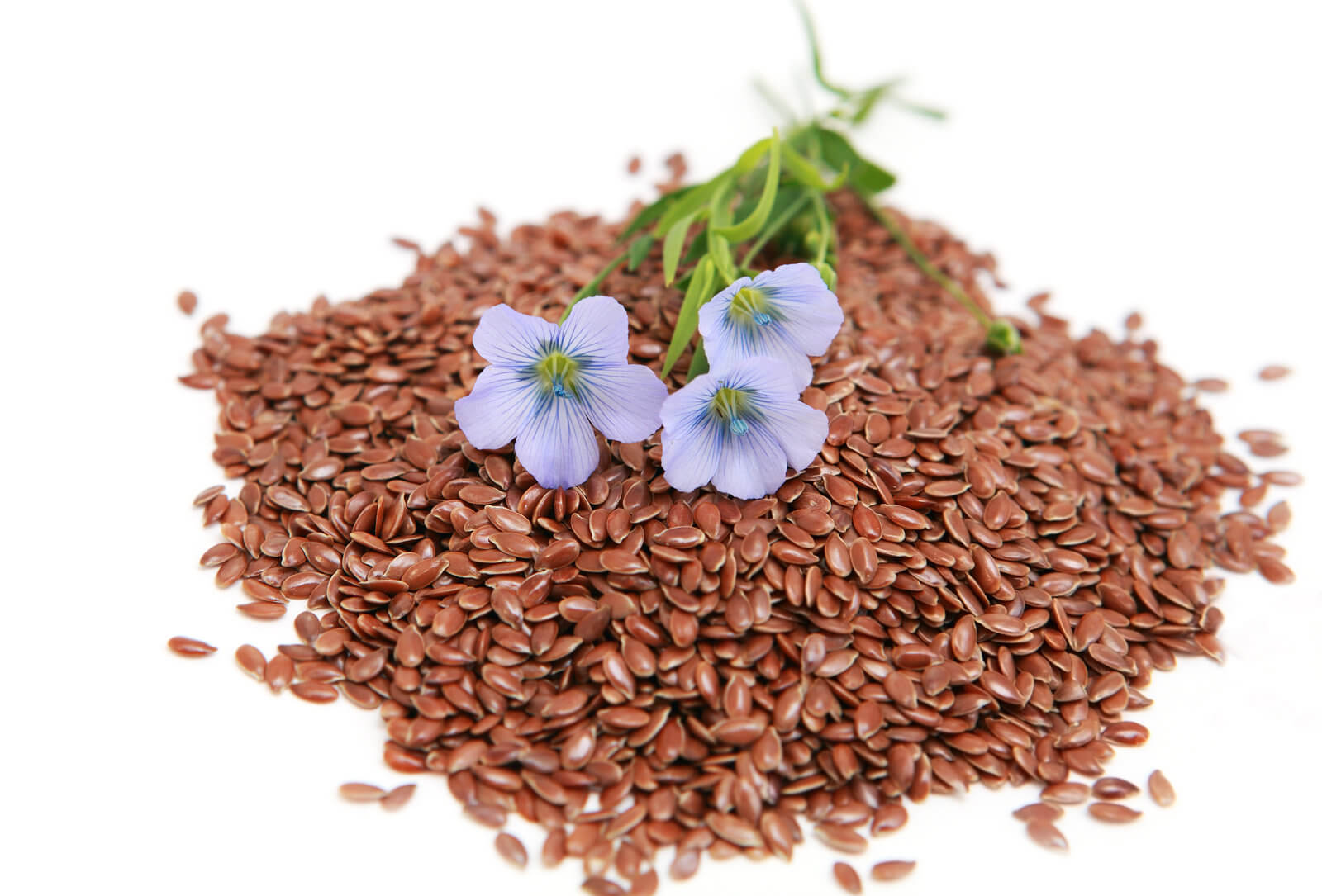
Flax (Linum usitatissimum) is a plant that has been used since antiquity, and is what was used to make linen cloth. The plant’s latin scientific name does suggest that this herb is “most useful!” But, with any herb, there are often some safety considerations.
Despite some possible contraindications and safety precautions, flaxseed is one of the safer herbs to use. Dr. James A. Duke (view more about Dr. Duke at the USDA), author of several books, stated in his book The Green Pharmacy Herbal Handbook(source 1) that he considered flax to be “safer than coffee.”
Dr. Duke recommended a dose of 1,300 mg capsule standardized to contain 740 mg of alpha-linolenic acid (ALA); or, taking 1 tablespoon of crushed or whole seeds two or three times each day.
Yet, Dr. Duke does warn that like any mucilage containing herb, it might interfere with the absorption of medications.
Concerning what to be cautious of when taking flaxseed, possibly one of the most important side effects to be aware of is this herb’s potential to cause constipation. Intestinal obstruction can occur from eating large amounts of flaxseed without enough liquid. It is recommended to take in 10 parts liquid for every 1 part of flaxseeds you eat; thus a 10:1 water to flaxseed ratio.(source 3)
Next, another fact to be aware of concerning flaxseed is that it contains cyanogenic glycosides. These compounds are present in many different plants, some of which are important for food, so it isn’t too alien to the plant world. Yet, cyanogenic glycosides, when hydrolyzed by enzymes in the intestines yield hydrogen cyanide—a very toxic poison.
Consequently, if too much flax seeds are eaten, this can lead to problems absorbing nutrients and higher doses could result in cyanide poisoning.
In summary, the hydrogen cyanogenic glycosides content of the mature flaxseed themselves can vary between cultivars, but it ranges from about 13.8 mg (Flanders cultivar, approx. value) to 31.9 mg (Vimy cultivar, approx. value) for flaxseeds.
According to my estimate based on research for cyanogenic glycoside in flaxseed called linamarin, which we will discuss in detail later, 1 kg of flaxseed can yield possibly around 1.539 mcg of cyanide in the body.(source 6)
The European Food Safety Authority (EFSA) puts an acute reference dose (maximum oral dose of a toxic substance that at this level or below will not cause negative non-cancer health effects) for cyanide at 20 mcg/kg of body weight.(source 9)
Although it may be hard to cross this threshold with flaxseed, it seems wise to caution against having children and infants eat flaxseed for extra safety.
But interestingly enough, as we will discuss, fermenting flaxseeds with Lactobacillaceae bacteria completely eliminated the cyanogenic glycosides within 72 hours.(source 5)
Another important thing to be aware of is the fact that flaxseed contains lignans (polyphenols found in plants, that are precursors to phytoestrogens [plant chemicals that are estrogens]) that have estrogen receptor agonist (stimulate the receptors) and antagonist (inhibit or stymie the stimulation of the receptors) ability.
As a result of these lignans, flaxseed may be able to stimulate menstruation and should be avoided during pregnancy. Also, men who have or are at risk for prostate cancer may want to consult a medical professional with knowledge of herbs before using it.(source 3)
Additionally, the linolenic acid in flaxseed might be able to lower blood pressure, and could have some adverse cardiovascular effects.
Dr. John Herzog (MD)
Dr. John Herzog, a "survival surgeon" from Maine explains what home remedies work best in a crisis situation.
This may be important in the event you require first-aid or are in an emergency situation without easy access to a hospital. Dr. John Herzog has assembled a large collection of home remedies for such scenarios.

Side Effects in the Research
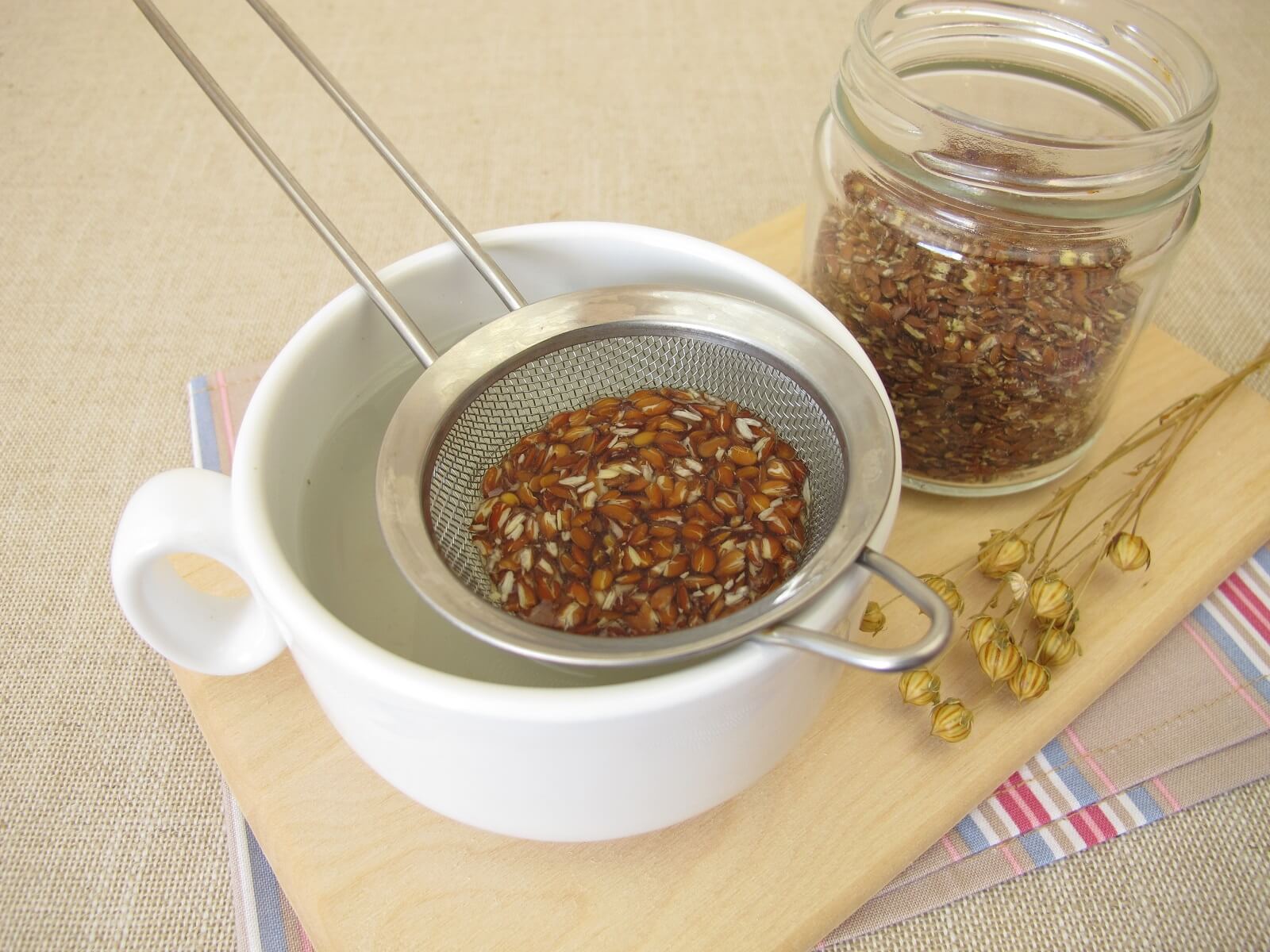
A 2012 review study in the International Journal of Clinical Practice(source 2) conducted an extensive review of herbs and dietary supplements to determine documented contraindications (circumstances or conditions that indicate the drug should not be used in such cases) and drug interactions. Flaxseed was one herb that was documented by the study.
Of the 152 dietary supplements and herbs flaxseed, yohimbe (Pausinystalia yohimbe), and echinacea (Echinacea purpurea) had the highest number of contraindications. The most common contraindication in this group of 152 was gastrointestinal (16.4%), neurological (14.5%), and genital/urinary/kidney diseases (12.5%).
Specifically, flaxseed was found to cause problems with gastrointestinal problems such as inflammatory bowel disease, esophageal stricture (a narrowing of the esophagus), diarrhea, prostate cancer, and hypertriglyceridemia (elevated amounts of a type of fat known as a triglyceride—which is the main component of natural fats).
A 2007 study in the Journal of the Society for Integrative Oncology(source 3) provides some additional possible risks for this herb.
Because flaxseed have lignans that have estrogen receptor agonist (stimulate the receptors) and antagonist (inhibit or stymie the stimulation of the receptors) ability, it is not clear what the effects this herb may have on conditions sensitive to hormones such as endometriosis, breast cancer, uterine cancer, or prostate cancer. The study cautions men with a risk for prostate cancer to avoid flaxseed.
That being said, this paper also cautions against using flaxseed during pregnancy and lactation. Flaxseed might be able to stimulate menstruation or have other hormonal effects which might be hazardous in pregnancy.
This study states it is theorized that flaxseed may elevate the risk of bleeding due to trial evidence showing lowered platelet aggregation.
This study also states, as we will discuss, immature flaxseed seedpods might be poisonous and should not be eaten.
The study also states that hypersensitivity reactions to flaxseed after occupational exposure have been reported anecdotally.
Additionally stated by this paper are that case reports do exist of flaxseed causing itching, abdominal pain, vomiting/nausea, diarrhea, hydrorrhea (a profuse watery discharge), acute dyspnea, sneezing, and severe general feeling of discomfort after eating flaxseed oil (which was in multigrain bread or flaxseed).
Yet the study does state that flaxseed does generally appear to be well tolerated. But flaxseed can cause there to be elevated levels of linolenic acid in human adipose tissue which might correlate with lowered blood pressure. Flaxseed does have alpha-linolenic acid (ALA) in it and it might be able to lower blood pressure.
Claire Goodall’s Amazing Guide
Clair Goodall is a bee-obsessed, natural medicine convert from Minnesota (USA). And, she does keep bees!
Clair has created 350+ page book documenting how to replace the toxic products and medications in your home with healthier, all-natural alternatives.

Cyanogenic Glycosides in Flaxseed
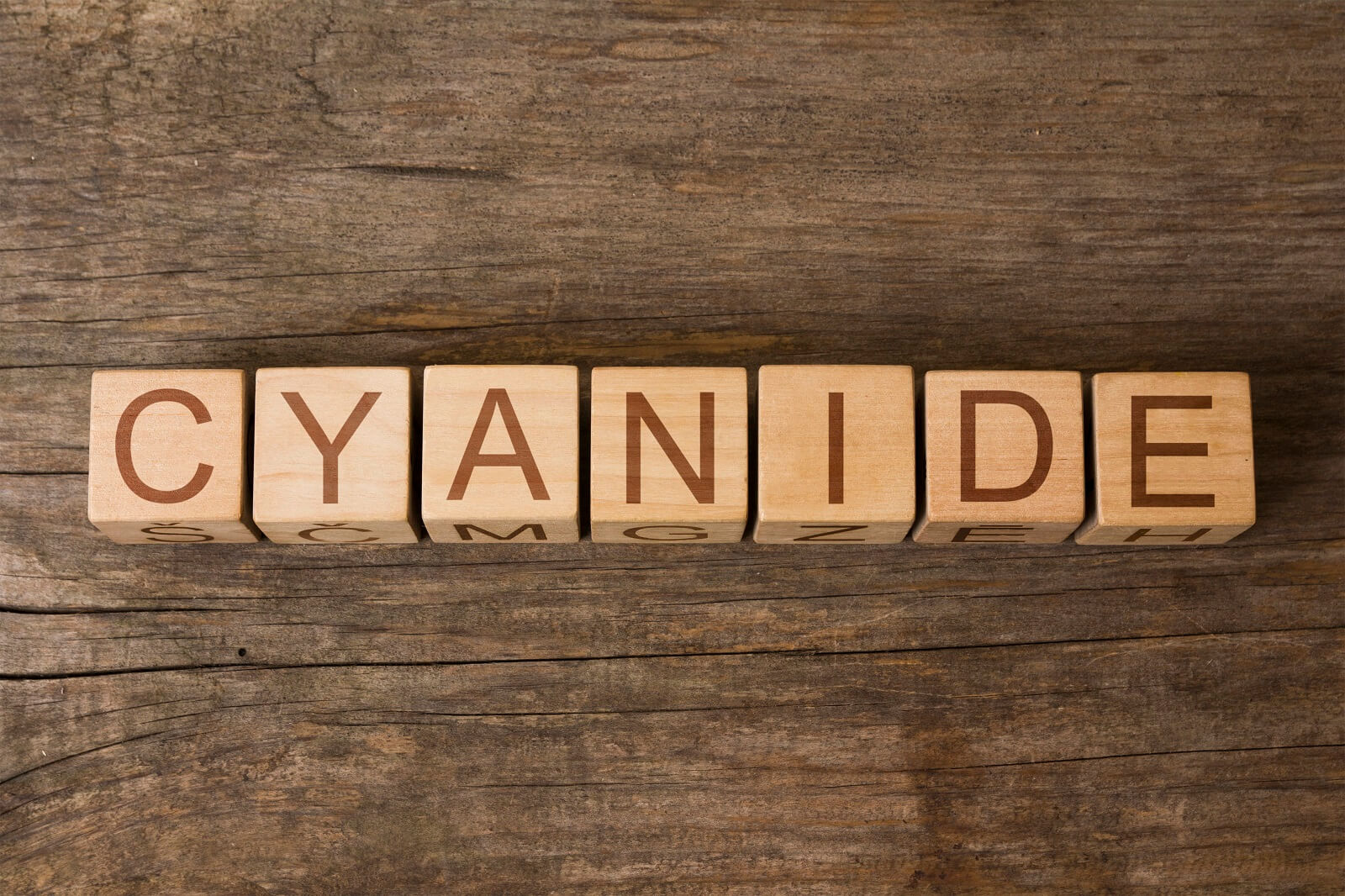
For this reason, flaxseed is contraindicated for small children. Make sure to consult a medical professional before consuming large amounts of these seeds.
According to the 1997 book Antinutrients and Phytochemicals in Food(source 4) flaxseed contains the following constituents (approximate values):
- 41% oil (on a moisture free basis)
- 26% protein
- 24% nitrogen free extract
- 5% acid detergent fiber
- 4% ash
But the book also outlines that flaxseed contains cyanogenic glycosides (CGs). Many different plants contain CGs but when they are digested they release hydrogen cyanide (hydrogen + carbon + nitrogen; i.e., HCN) after hydrolysis (the decomposition of a compound due to the reaction with water) by enzymes.
Hydrogen cyanide is a dangerous poison; it is toxic to the human nervous, respiratory, and endocrine systems. Additionally, hydrogen cyanide can change how nutrients are absorbed from foods that are eaten.
Flax seedling tops, for instance, can yield 91 mg of hydrogen cyanide for every 100 g of fresh weight. By comparison, the young green leaves of sorghum can yield 60 mg of hydrogen cyanide for every 100 g.
But of primary importance is the CGs yields of the mature flaxseed themselves. This can vary between cultivars, but it ranges from about 13.8 mg (Flanders cultivar, approx. value) to 31.9 mg (Vimy cultivar, approx. value) for every 100 g of flaxseeds.
It is hard to estimate how much cyanide will be liberated from CGs in flaxseed once ingested. But there have been studies on linamarin a cyanogenic glucoside found in flax.
A 2019 study in Food and Chemical Toxicology(source 6) investigated this exact topic. And, studies on the cyanide yield of linamarin was reviewed.
The study used .001 moles of linamarin (chemical formula: C10H17NO6, with a molar mass of 247.247(source 8)), which equals 0.247247 g. This amount, when mixed with enzymes, yielded 64 nanomoles (1 * 10-9 moles) of cyanide, which is just 0.00000166515 g. Thus, it shows that possibly only 0.000673476% of linamarin will become cyanide.
So, if we estimate all CGs in flaxseed are the same as linamarin, and we use an average figure for the amount of CGs in flaxseed as 22.85 mg/100 g, we get 228.5 mg CGs in 1 kg of flaxseed.
This would possibly yield 0.000673476% (figure from earlier) cyanide, which would be about 1.539 mcg cyanide.
According to scientists at the European Food Safety Authority (EFSA), in a 2019 study in the EFSA Journal,(source 9) the cyanide in flaxseed presents an important safety risk. According to the study the toxic threshold for cyanide (the level at which it becomes toxic) in the blood is 1.0 mg/L, which is approximately 40 mcg. The lethal threshold is between 2.5 mg/L (approximately 100 mcg) and 3.0 mg/L (approximately 120 mcg).
The EFSA puts an acute reference dose (maximum oral dose of a toxic substance that at this level or below will not cause negative non-cancer health effects) for cyanide at 20 mcg/kg of body weight.
It may be very hard to cross the EFSA acute reference dose for cyanide, as 1 kg of flaxseed can yield possibly around 1.539 mcg of cyanide. Still, it seems wise for caution to be taken with infants and small children when it comes to flaxseed.
Signs of Cyanide Poisoning
Signs of acute cyanide poisoning are:
- Headache
- Agitation
- Vertigo
- Metabolic acidosis
- Respiratory depression
- Confusion
- Convulsions
- Coma
- and even death
According to the U.S. National Institute for Occupational Safety and Health(source 7) the amount of cyanide that is dangerous to life in mammals is 50 to 60 mg/m3. A lethal dose for 50% of a population (i.e., LD50, half of a population will die) of mammals given cyanide is stated to be 15 mg/kg of body weight.
Thus if you weighed 70 kg, a LD50 of cyanide for you would be 1,050 mg.
Removing Cyanogenic Glycosides from Flaxseed
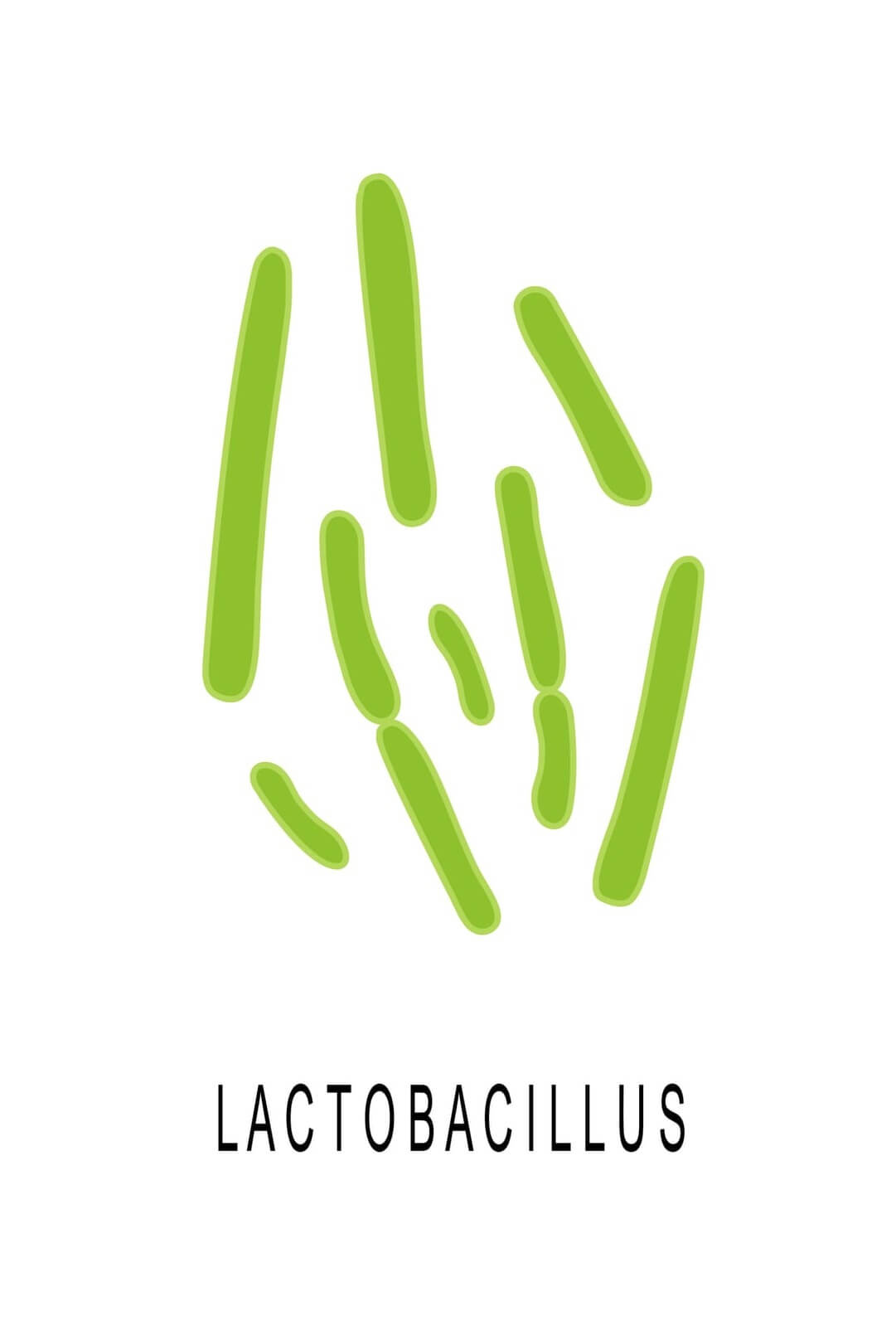
At the time of the Antinutrients and Phytochemicals in Food(source 4) book’s writing, methods had been investigated to remove the cyanogenic glycosides (CGs) from flaxseed. According to the book, soaking a flax cake in 4 times its weight of water and then drying the residue after decantation reduced the CGs content by 50%.
A 2023 study in Food Chemistry(source 5) investigated a way to remove the CGs from flaxseed by fermenting it with a mixed culture of Lactobacillaceae bacteria (these are a family of lactic acid bacteria; among the bacteria used were species from the popular probiotic genus Lactobacillus).
Interestingly, the fermentation process with these Lactobacillaceae bacteria completely eliminated the CGs within 72 hours. Concerning the nutritional value of the flaxseed after fermentation, the study reports that the flaxseed oil and secoisolariciresinol diglucoside (SDG) increased after fermentation; while fatty acid composition was not changed by fermentation. The study also states that CGs free flaxseed products still provide benefits and can be used as health products or animal feed.
The study also documents other methods of removing CGs from flaxseed. Two of these are heat treatments and chemical treatments.
Heat treatments (such as boiling in water or microwave heating) are able to remove some CGs. The best report on such treatments was an 80% reduction of CGs. Although heating could damage ligans (a group of polyphenols found in plants that are precursors to phytoestrogens [plant estrogens]) and sugars.
Chemical treatments can reduce a large amount of CGs in flaxseed, but the downside is that the chemicals might be toxic and damage beneficial compounds in the seed.
A Natural Digestive System Supplement that Helps
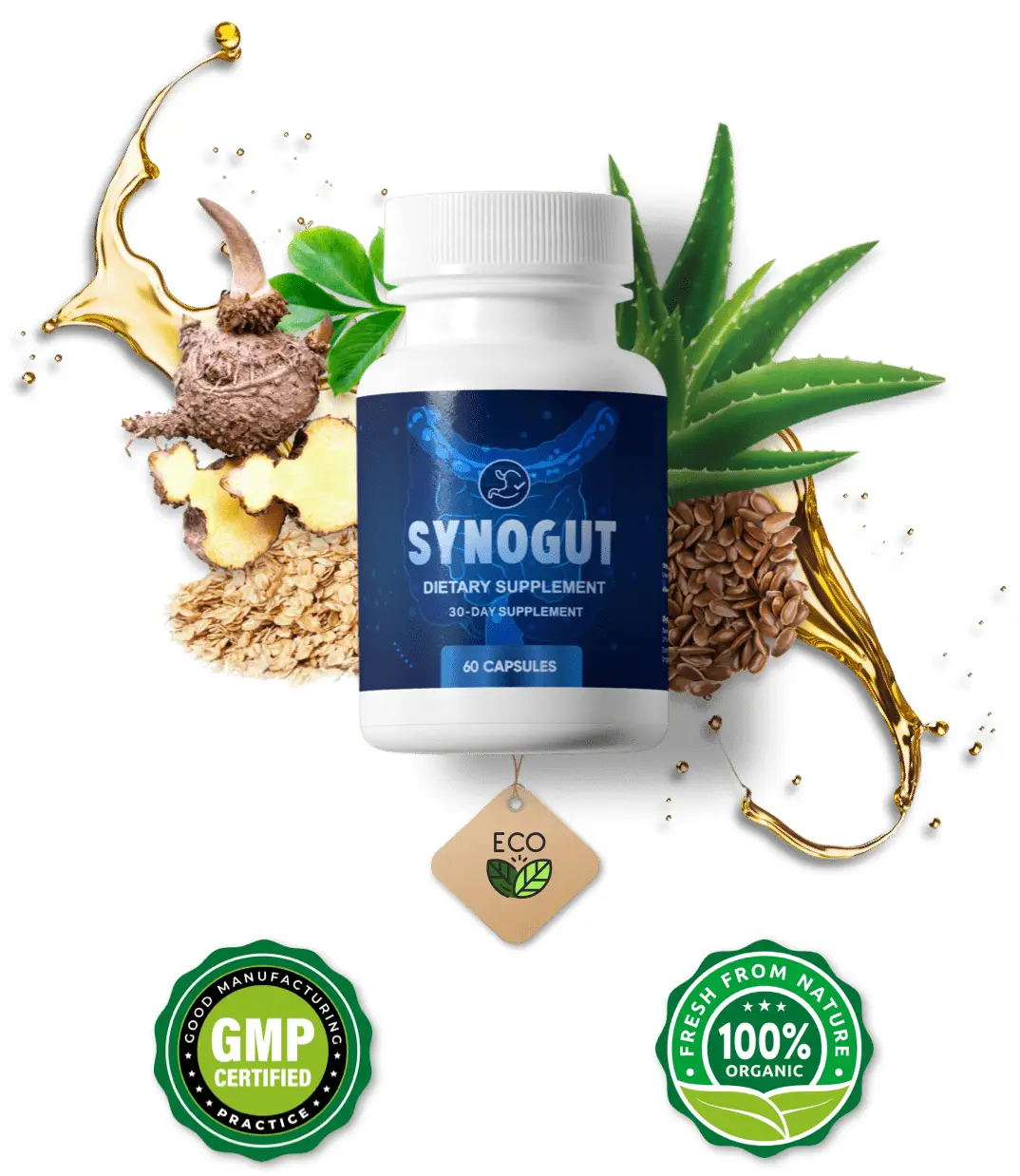
If you have been struggling with digestive problems like constipation, you should know about Samuel Bart. Mr. Bart lives with his wife, Alma, in Nashville, Tennessee.
Mr. Bart has always had a passion for plants and how to use them medicinally. He went on to research some of the most effective ways that could help people support a healthy digestive system.
To this end, Mr. Bart developed a product he calls “SynoGut.”
Every capsule of this supplement is made in the USA, in a FDA approved, and GMP certified, facility under sterile, strict, and precise standards. Synogut capsules are non-GMO. You can rest assured that they do not contain any dangerous stimulants or toxins, and more importantly, they are not habit forming.
His proprietary blend blend contains the following ingredients:
- Psyllium husk
- Bentonite clay
- Black walnut hull
- Oat bran
- Flaxseed
- Prune fruit
- Aloe vera leaf
- Lactobacillus acidophilus (a probiotic bacteria)
- Apple fruit pectin
- Glucomannan root
If this is not the first time you have had constipation, you might benefit from the power these natural items can provide. And, if you have had prolonged constipation, utilizing a supplement like Mr. Bart’s could help you become more regular—without an arsenal of prescription drugs.
Many people have tried synthetic drugs to solve their constipation issues; and if these didn’t work, it may be hard to invest in a natural remedy like SynoGut. To this end, Mr. Bart offers a 60 day, full refund guarantee on his supplement.
If you decide to invest in Mr. Bart’s supplement, and are not satisfied with the results, you can quickly request a refund. SynoGut will promptly refund your purchase; ensuring there is no risk to give Mr. Bart a chance.
SynoGut is sold via the large online retailer ClickBank—a company based in Boise Idaho, USA. ClickBank sells products across the world, and ensures you can get a refund if you are not satisfied with SynoGut’s results.
If you are in a situation where you have “tried everything,” SynoGut is worth the quick purchase and a solid test drive. If you would like to learn more about Samuel Bart’s SynoGut supplement, you can do so at the SynoGut website.
About the Author
Geoff Kent is a natural medicine enthusiast who has been researching and writing about natural medicine since 2008. Geoff is primarily a web developer, but also researches and authors written and video content about natural health. Geoff has a bachelor’s degree in Management Information Systems from the University of Northern Iowa.
More on Geoff KentImportant Disclosures & Disclaimers
It is important to use the information you find on Herbsey.com in the right way. Also for legal reasons, these disclaimers and disclosures are necessary. For further information about each, feel free to click the link provided to the page on this website that provides more information.
Medical Disclaimer
The information on this website is not a prescription for anyone. This information is for informational or educational purposes only, and is not a substitute for professional medical advice or consultations with healthcare professionals.
Advertisement Disclosure
Some of the links provided on this article and website are affiliate links. If you purchase a product after clicking on these links, Herbsey.com will earn a commission. Herbsey.com promotes various products through advertisement and text links. For more information: Our Advertisements.








